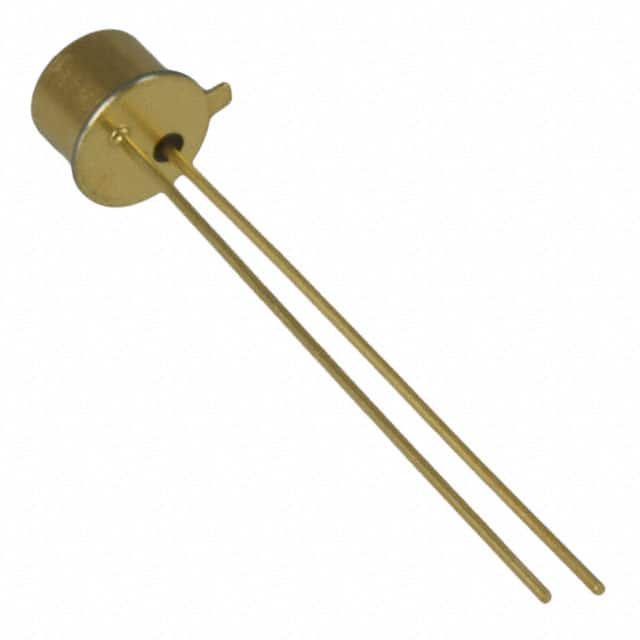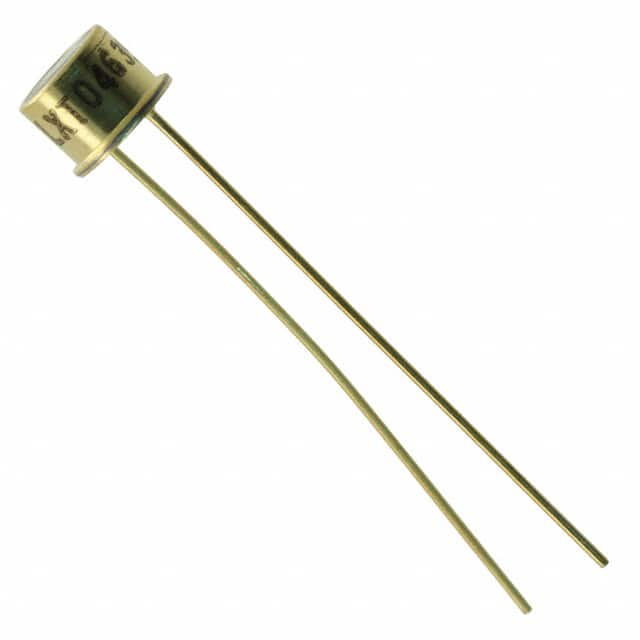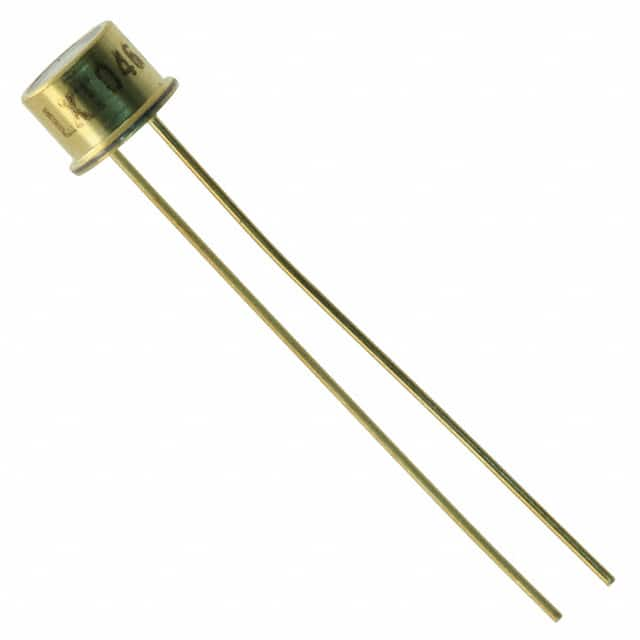QuasarBrite Series, LED Emitters - Infrared, UV, Visible
Results:
6
Manufacturer
Series
Wavelength
Voltage - Forward (Vf) (Typ)
Current - DC Forward (If) (Max)
Viewing Angle
Operating Temperature
Grade
Orientation
Mounting Type
Radiant Intensity (Ie) Min @ If
Type
Qualification
Package / Case
Results remaining:6
Applied Filters:
QuasarBrite
LED Emitters - Infrared, UV, Visible
LED emitters are semiconductor devices that emit light when an electric current passes through them. They belong to various categories based on the type of light they emit, including Infrared (IR), Ultraviolet (UV), and Visible light. Infrared (IR) emitters produce electromagnetic radiation that is invisible to the human eye. The wavelength of IR light ranges from approximately 700-800 nanometers (nm) to 1 millimeter (mm). IR emitters find applications in heat sensors, thermal imaging devices, remote controls, and more. Ultraviolet (UV) emitters emit light that is also invisible to the human eye. The wavelength of UV light falls between approximately 200 nm to 400 nm. UV emitters are commonly used for curing resins, sterilizing or killing bacteria, counterfeit detection, and other specialized applications. Visible emitters produce light that is within the range of wavelengths visible to the human eye. This range typically spans from around 400 nm to 700-800 nm. Visible emitters can emit light in various colors, such as red, green, blue, yellow, and white. They are widely used in lighting applications, displays, signage, automotive lighting, and many other industries. LED emitters can be categorized and sorted based on several parameters. These include the emitter type (IR, UV, or visible), forward current (the current required for optimal operation), wavelength (for visible emitters), viewing angle (the angle at which the emitted light is visible), forward voltage (the voltage required for operation), and operating temperature range. By considering these parameters, designers and engineers can select LED emitters that best suit their specific requirements for a given application. Whether it's for sensing, curing, illumination, or any other purpose, LED emitters offer a versatile and efficient solution for generating light in a wide range of wavelengths and applications.




